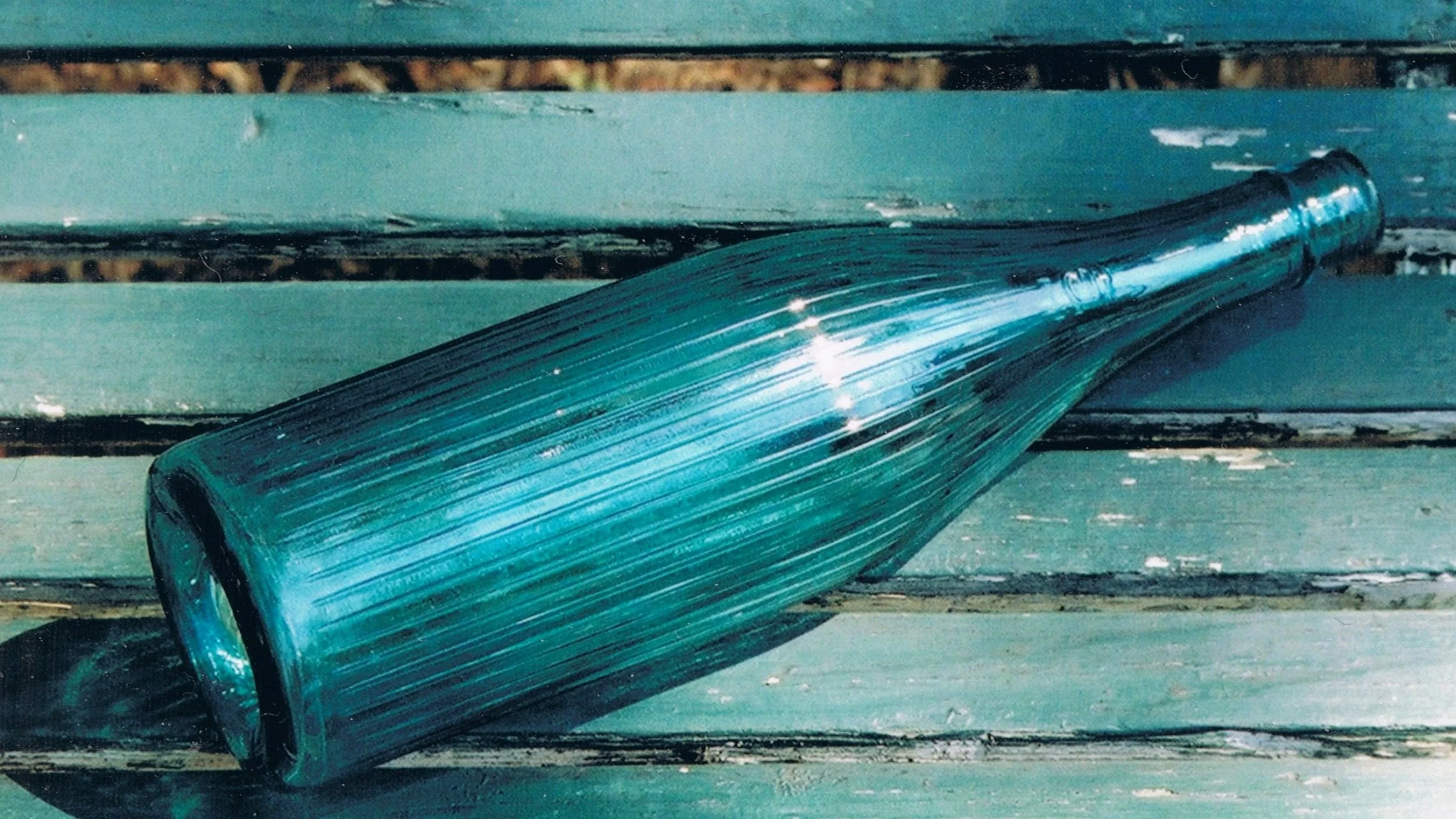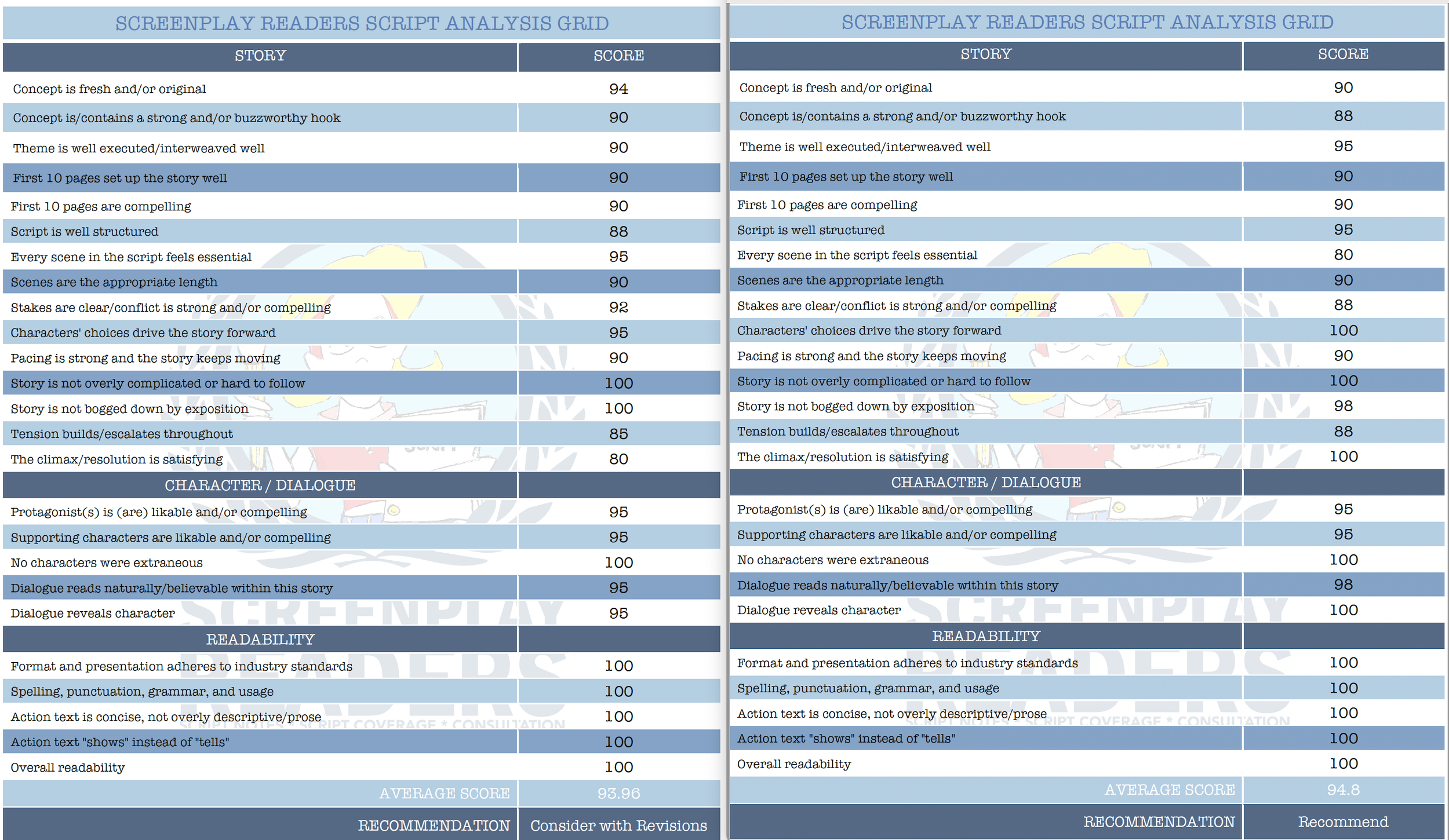If It Ain’t Broke…
You can still fix it.
A screenshot of my screenplay poster, made with the help of Canva. The background image of weeds having their way was taken in one of the hot-house ruins on Mayne Island.
Broken Glass wouldn’t have been conceived if I hadn’t signed up for a travel writing course at UVic. The assignments involved writing about tourism-worthy places near home. Because of my need for adventure, I set my sights a bit further. A sidebar in a Southern Gulf Island travel book, “Paradise Lost - Japanese on Mayne,” drew me to Mayne Island, in part because of my great-niece’s ancestry. I learned that, after running a thriving hot-house tomato industry, the Japanese-Canadians were stripped of their belonging and interned. I empathised because my Irish ancestors’ history was equally bleak.
While exploring, I was invited to the home that would inspire the main characters in Broken Glass, Keana and her grandmother, Aiko. The owner allowed me to wander on his property, in and out of the hot-house ruins. The glass panels that remained in place were so thin, and weeds grew in and around them. In the fields, where other structures had been dismantled, there was broken glass that crunched underfoot. A foraging doe was so close that I captured the wet of its nose with my camera while worrying about injuries to both of us. The setting was nothing short of haunting, and I left feeling moved to the core - the fertile place where stories are born.
A sake bottle, once full and buried on Mayne Island.
In the years that followed, I wrote poems, a short from Aiko’s perspective as a child, a longer piece of prose, a travel piece in Keana’s point of view - both names, my great-niece’s. I’d never considered writing a screenplay until I stumbled upon a great little primer years later, “You Can Write a Movie,” by Pamela Wallace. That book, along with a few stained glass courses, helped me shift genres and write the first draft of Broken Glass.
I’d since been to Morocco and, because I write mostly from kernels of life, I began Keana’s journey there to capture her passion for exotic travel and her free spirit, both of which would be put to the test in the script.
Many iterations later, I discovered a little thing called coverage. Screenplay Readers made that type of feedback affordable. The first one, in the grid on the left, was surprisingly high for a newcomer to the art. I reviewed the notes, wrote a new draft, and submitted it again for an even higher ranking. My first “Recommend.” The problem, I realized, is the human factor of readers’ tastes. If you compare the lines from left to right, there were lower scores in certain areas on one, higher on the other, and vice versa. You will never fully please any of them. A coverage guru later told me that they can only give out so many points if they hope to get you to come back and pay for more. Know the heart of your story - and all the limbs and soft tissues of it - when you revise.
The harsh reality for screenwriters is that most feature film screenplays are never made, even high-ranking ones. Do you give up? Do you risk gutting the story beyond repair. Do you novelize? Self-publish? Or have another go at your script through industry eyes? To raise my coverage ranking from “Consider With Revisions” and “Recommend” to “Must Read/Highly Recommend,” I considered production viability. If you look at the coverage sheets above, there’s an emphasis on readability, not marketability. There should be a section for that. With more expensive coverage packages, there are. I couldn’t afford that.
What I decided to do, after I’d written a few more scripts, was to take a few film industry workshops geared toward producers, production assistants, and location scouts. I wrote, cast, scouted, produced, and directed a Super 8 film to a song I’d written. Wearing those hats helped me polish scripts that became finalists in multiple competitions, including Top 100 on Scriptapalooza and top 19% of over 355,000+ scripts listed on Coverfly.
As for “Broken Glass,” the bookends shifted from Morocco to Halifax with story edits that justified it. A true coast-to-coast Canadian story that reflects and celebrates our cultural and linguistic diversity. It cut costs, replaced international co-production grants with provincial ones, and made it eligible for other Canadian funding possibilities.
After receiving coverage, some companies allow you to ask several questions of the provider. My coverage increased to 98.25, so my questions challenged the score. I asked if my script “was it really all that?” The response: "What I love about analyzing your scenes is that they're like little masterclasses in screenwriting," and this:
My questions stemmed from insecurity, fear of failure, and not wanting to get my hopes up. You need hope and confidence to keep writing - and to market yourself and your scripts. Take the scores and notes to fuel revisions, and squeeze any accolades into an elixir to build your confidence, to help you crash through whatever is holding you back.
Write new scripts and grow your portfolio because each will make you a better screenwriter. I now have six features and two shorts. It’s great to revisit them with fresh eyes now and then, to revise until they are polished to a shine.
If writing block and productivity are solved by writing, problems with scripts are solved by revising… “Revisione Solvitur!”





